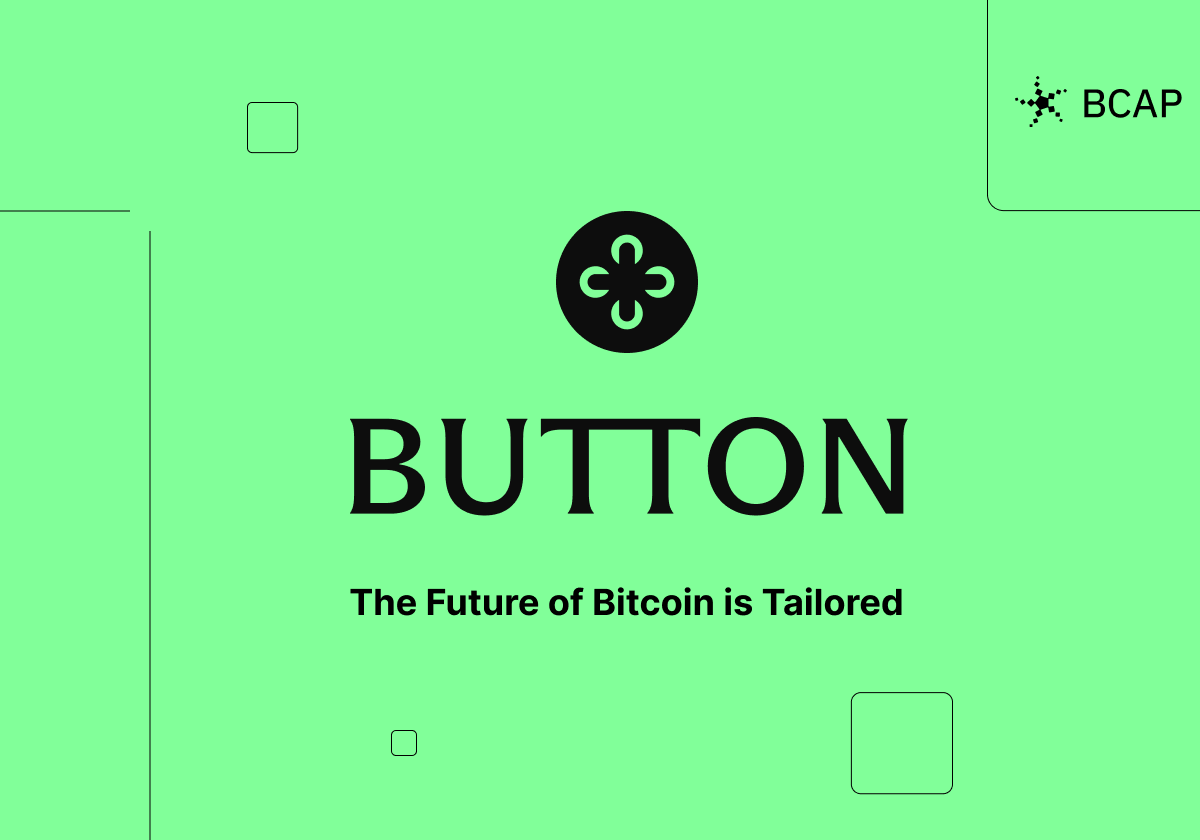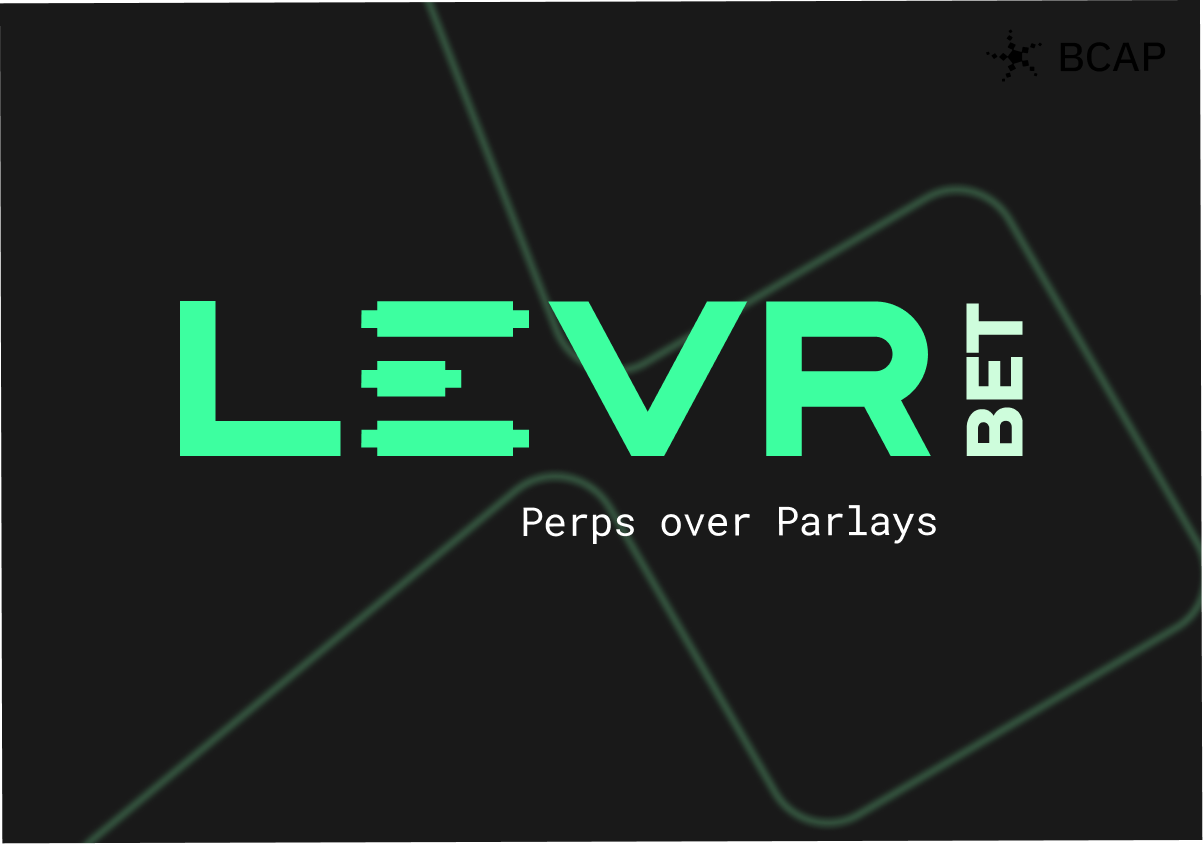
Right-Click Utilize
The Rise of Virtual Assets
Society is becoming increasingly digitally native.

As we spend more of our lives — for both work and play — online, it naturally follows that we will increasingly look to express ourselves in the digital spaces we spend time in using different virtual goods.
Just as the vast majority of offline physical goods are non-fungible, the same will be true for digital assets — and due to the benefits afforded by public blockchains (innate scarcity and composability), these digital assets will increasingly be manifested as NFTs.
But as growth in digital economies continues to outpace the analog world, CryptoPunks become bigger flexes than Pateks, and the name “Tyler Hobbs” gradually gets uttered more than “Picasso,” NFTs need to be able to better interoperate and compose with the rest of the metaverse.
Unicly provides this foundational infrastructure that affords NFTs with greater composability, and that’s why we are excited to have co-led Unicly’s strategic round.
Fractionalizing NFTs
Fractionalizing something is exactly what it sounds like: you take something whole and split it into many identical pieces (or fractions). For NFTs, this is a godsend: the non-fungibility of NFTs makes them notoriously illiquid, but by fractionalizing it into many fractions, each piece (and therefore the NFT itself) becomes fungible and liquid. As such, we get the best of both worlds: an asset that is unique but whose constituent components are fungible and liquid.
Unicly’s v2 protocol enables anyone — individuals, communities, and DAOs — to fractionalize collections of unique NFTs, and by setting an individual “reserve price” for each constituent NFT, any NFT can still be unfractionalized easily. Unicly’s AMM then enables anyone to trade these fractions.
Unicly is therefore unique in that it is sufficiently expressive to fractionalize everything from high-valued individual NFTs, to collections of floor NFTs, to collections of disparate NFTs. By optimizing for any arbitrary set of NFTs, Unicly is the ideal infrastructure for NFTs — it can be used to make NFTs useful in financial applications that require fungibility and liquidity, or it can be used to enable true collective ownership for investment/collector DAO. In open-source software, easily generalizable building blocks can often unlock rich new sets of use cases.
Applications
DAO Tooling
2020 was the year of DeFi, 2021 NFTs, and 2022 could be the year of DAOs. Unicly started off as NFT infrastructure but may find its most successful use case as a toolkit for DAOs.
Currently, many DAOs suffer from points of centralization. DAO-owned assets are often controlled by the founder or by a small number of wallets. The community may vote on decisions, but that does not equate to having real ownership rights. Even assuming that the DAO founder acts with the best of intentions, its members may still not be conferred true property rights. For instance, if the founder gets hit by a bus, do his heirs or DAO members have claim over the assets? A DAO’s assets should ideally be non-custodial and offer guaranteed on-chain governance and ownership rights. This is specifically the type of tooling that Unicly provides.
NFT fractions created under Unicly act as both representations of fractional ownership and as governance tokens. If they vote to dissolve the vault and receive the sales proceeds, this right is guaranteed on-chain and requires no input from the founder of the DAO.
Unicly also has other features that make it particularly well suited to supporting DAOs. NFTs can be injected into Unicly vaults retroactively, which gives DAOs time to distribute the governance token while simultaneously offering community members time to vote on which NFTs to fractionalize. In addition, whereas most fractionalization platforms restrain the types of NFTs that can be added to a collection, Unicly empowers DAO members by offering the flexibility to add NFTs originating from different contract addresses and across a wide spectrum of pricing points. Truly decentralized decision-making can take time, collective decision-making can lead to unexpected outcomes, and Unicly is here to support the DAOs on this journey.
Financialization
NFTs are currently unsuitable for use in financial primitives such as lending protocols or asset management products due to their non-fungibility.
As a refresher, current DeFi lending protocols work by pooling liquidity from many lenders and allowing users to borrow assets from the pooled liquidity at an interest rate determined by some algorithm. To prevent bad debt, borrowers must post collateral and borrow at collateralization ratios above 100% — this has meant that lending protocols can only accept highly liquid assets as collateral. Due to their non-fungibility, and therefore lack of liquidity, NFTs cannot be safely allowed as collateral in these lending protocols. This, however, changes if lending protocols integrate Unicly: in the event of a default, collateral NFTs can be fractionalized then liquidated; moreover, given Unicly’s NFT fractions function as governance tokens for a vault, lenders can also vote to decide exactly how the NFT would be liquidated.
Similarly, current DeFi asset management products such as indexes must rebalance periodically and do so using integrations with other DeFi protocols. Given most NFTs currently suffer from a lack of liquidity (aside from floor Punks/Apes), rebalancing large index products is currently next to impossible; however, if these NFTs were fractionalized and made liquid, we might all soon be able to easily ape into metaverse real estate indices.
Traction

After a fair launch in May, Unicly now has over 11,000 NFTs locked with substantial liquidity for many of its vaults, demonstrating strong early traction. With v2 improving user experience by shifting the UI to be more marketplace-like, Unicly will become easier and more intuitive to use, allowing the protocol to continue pressing forward on its mission to enable far greater composability for NFTs.
Disclosures: Blockchain Capital is an investor in several of the protocols mentioned above. The views expressed in each blog post may be the personal views of each author and do not necessarily reflect the views of Blockchain Capital and its affiliates. Neither Blockchain Capital nor the author guarantees the accuracy, adequacy or completeness of information provided in each blog post. No representation or warranty, express or implied, is made or given by or on behalf of Blockchain Capital, the author or any other person as to the accuracy and completeness or fairness of the information contained in any blog post and no responsibility or liability is accepted for any such information. Nothing contained in each blog post constitutes investment, regulatory, legal, compliance or tax or other advice nor is it to be relied on in making an investment decision. Blog posts should not be viewed as current or past recommendations or solicitations of an offer to buy or sell any securities or to adopt any investment strategy. The blog posts may contain projections or other forward-looking statements, which are based on beliefs, assumptions and expectations that may change as a result of many possible events or factors. If a change occurs, actual results may vary materially from those expressed in the forward-looking statements. All forward-looking statements speak only as of the date such statements are made, and neither Blockchain Capital nor each author assumes any duty to update such statements except as required by law. To the extent that any documents, presentations or other materials produced, published or otherwise distributed by Blockchain Capital are referenced in any blog post, such materials should be read with careful attention to any disclaimers provided therein.










.png)
.png)

.jpg)
